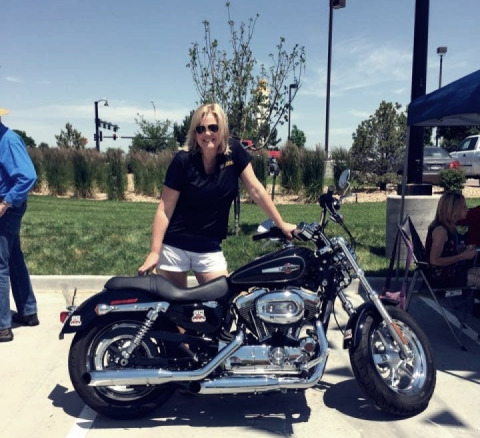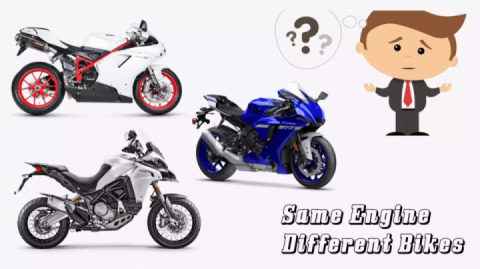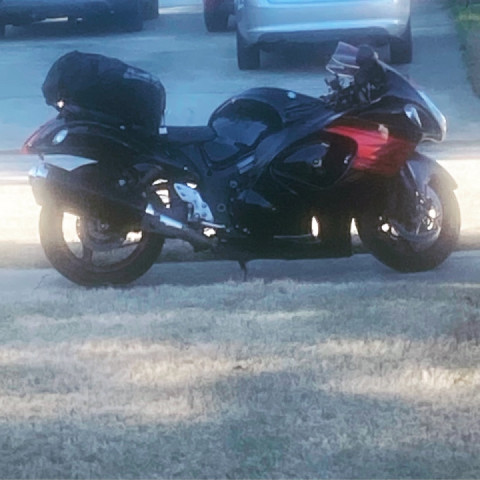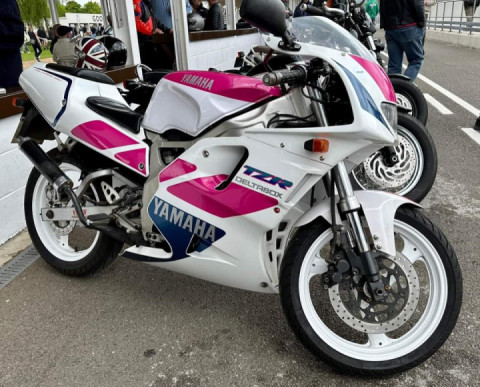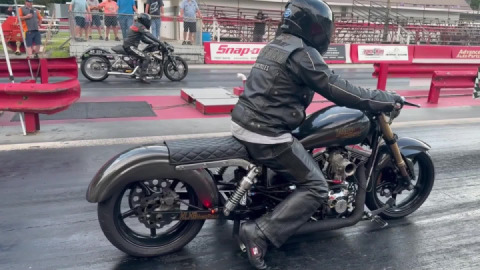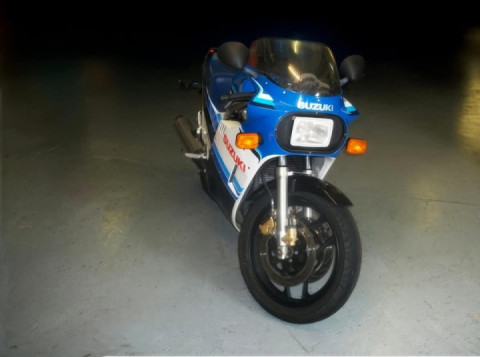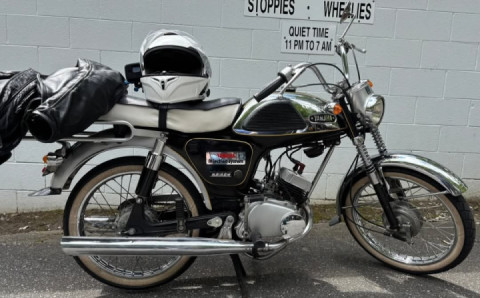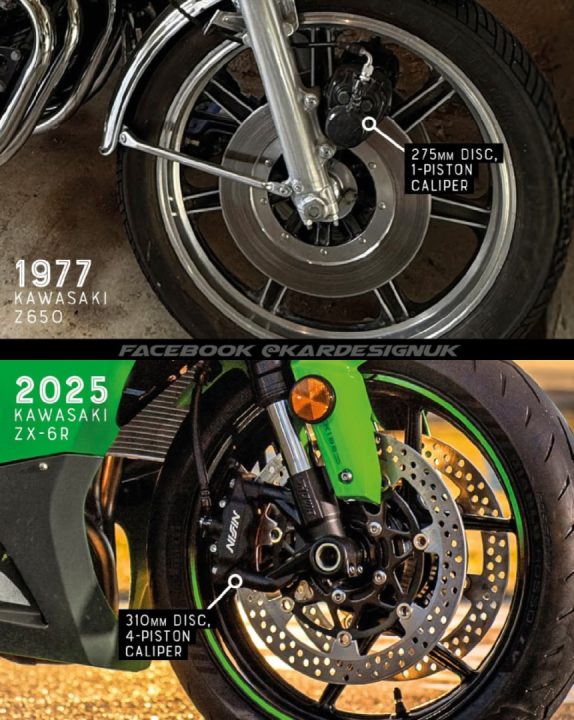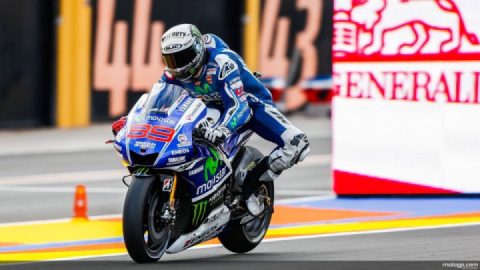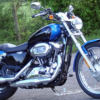Why We Choose Sport bikes ?
If, on the other hand, you are not the laid-back, easy-rider type, you might be interested in something with a little more sporting capability. Well, you are definitely in the right place at the right time; the range of sporting motorcycles available has never been better.
When British bikes began to appear in the United States in appreciable numbers following World War II, it became obvious that while Harleys may be faster in a straight line, the British models could run circles around a Harley when the road began to wind. This gave the British a reputation as producers of highly-sporting motorcycles. The British managed to maintain this reputation until the early 1970s, with bikes like Norton’s 850 Commando.
When the Japanese began producing large, four-cylinder motorcycles, these became the new leaders in straight-line performance. The term Universal Japanese Motorcycles (UJMs) was coined to describe them.
During the 1970s, the Japanese became so identified with fourcylinder, standard-style motorcycles that the term Universal Japanese Motorcycle (UJM) was coined to describe them.
While they were wicked-fast, most UJMs of the 1970s did not handle all that well, mostly because of inferior suspension components and flimsy frames. They outhandled Harleys (which tended to be about as nimble as a freight train), but they could not keep up with a properly-functioning Norton Commando.
The real breakthrough in the development of sportbikes from Japan was Honda’s 750cc Interceptor, introduced for the 1983-model year. This bike, with its revolutionary V-four engine, was Japan’s first purpose built sporting motorcycle.
The Interceptor revolutionized sportbikes. It started off a technology war between the Japanese manufacturers that still continues to this day. Kawasaki brought out its original 900 Ninja, a bike in many ways as groundbreaking as the Interceptor. Yamaha introduced its five-valve FZ 750, a bike so influential that Ferrari adopted some of its technology for its cars. And Suzuki blew the world away by introducing its GSX-R series, bikes that really were racers with headlights.
The Italians are another prominent force in the sportbike scene. When they started building large-displacement sportbikes in the 1970s, bikes like Moto Guzzi’s V7 Sport and Ducati’s 750SS, the Italians raised the ceiling on riders’ expectations from their machines. While never exported in numbers large enough to become a real presence in the American market, these bikes influenced the direction sporting motorcycles would take.
Today’s sportbikes cover nearly the entire spectrum. Yamaha’s YZF 600, while being a more capable sporting motorcycle than the pure race bikes of just a few years ago, is so comfortable and versatile, it could almost be considered a sport-tourer. Suzuki’s latest generation of GSX-R has such high-performance limits that only a few experienced riders can ever approach them. The razor-sharp handling of Ducati’s 916 is just slightly removed from that of the bike Carl Fogarty won two World Superbike Championships on.
And the newest generation of sportbikes, like the Yamaha YZF R1, Kawasaki Ninja H2R, or BMW S1000RR, looks like it will raise current standards even higher.
 Follow
3.4K
Follow
3.4K

